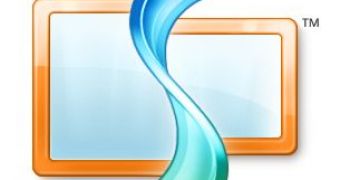Microsoft has made available for download fresh development milestones of its Windows SideShow tools. In this regard, as of the start of March 2009, the Windows SideShow Device SDK for .NET Micro Framework 3.0 and Device Simulator 3.0 for Windows SideShow are live and up for grabs via Microsoft Connect. Developers interested in test driving the bits should understand that both downloads are offered in Release Candidate stage, and not in the final version, although RC is the last stepping stone to RTM. Users will need to visit Connect, sign in with a Windows Live ID, take the “Media Center configuration and SideShow device” mandatory survey, and they will be permitted to access the bits.
The “SDK makes it possible to build Windows SideShow-compatible interactive touchpads, Wi-Fi based SideShow remote controls, and wireless “fridge magnets” using the .NET Micro Framework 3.0,” revealed Toby Muresianu program manager, Windows SideShow. “The Device Simulator, a standalone release of the simulator available in the SDK, lets gadget developers to see what their gadgets look like on these implementations with one simple download!”
Muresianu indicated that response to the Beta releases of Windows SideShow Device SDK for .NET Micro Framework 3.0 and Device Simulator 3.0 for Windows SideShow was nothing short of “awesome” and that the team was waiting for developers to start running the RC and provide feedback. Windows SideShow is a technology Microsoft introduced with Windows 7's precursor, designed to allow a Windows machine to send data to a secondary display. Muresianu also enumerated some of the changes specific to the RC stage for the Windows SideShow tools.
“UI has been customized to allow SideShow devices that are integrated into laptop touchpads, by providing an innovative mechanism to maintain distinct SideShow and Touchpad areas at the same time. DPWS has been incorporated, allowing the development of Wi-Fi based devices. A variety of new samples are included, including a device firmware updater sample – a wizard which end-users can use to flash their .NET Micro Framework-based device with software updates. Numerous performance improvements are included, as well as debug output to monitor the delay between touch and response for use in hardware optimization,” he stated.

 14 DAY TRIAL //
14 DAY TRIAL //